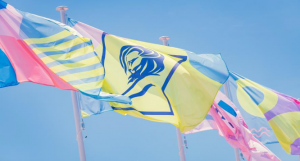
It was a great year for work at the Cannes Lions this year. After a few mixed years, insights and ideas have returned to the festival with a bang. While some of the best work came from familiar territory: not-for-profit, fast food and soft drinks, other great ideas sprung up from further afield: pet nutrition, air fresheners, furniture design, trains and bookshops.
Here are our top five themes with some examples of the best work, including some winners but also some work you might not have heard so much about.
1) Ideas in the Algorithm
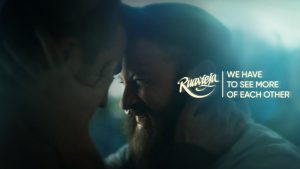
It’s easy to get over excited by an algorithm in an award entry. We lost count of the entries which used machine learning to (insert complicated data procedure). But the data itself isn’t the idea. It’s how it’s used and what it enables, and this year’s entries featured some smart human ideas, powered and enabled by smart algorithms.
What this Means for Brands: Data is in the service of creativity: identify the content and the triggers where your brand should be playing a role and then see how smart use of data can help make a great idea happen.
The Time We Have Left by Pernod Ricard liqueur brand Ruavieja in Spain drove a 52% sales increase by using an algorithm based on government statistics to show how long we have left to spend with the people we love – in hours and minutes. People discovered they only had limited time left with mothers, brothers, partners and friends. Then the brand funded bus tickets for people to reunite, making the most of that valuable time.
2) Open (ing) Access
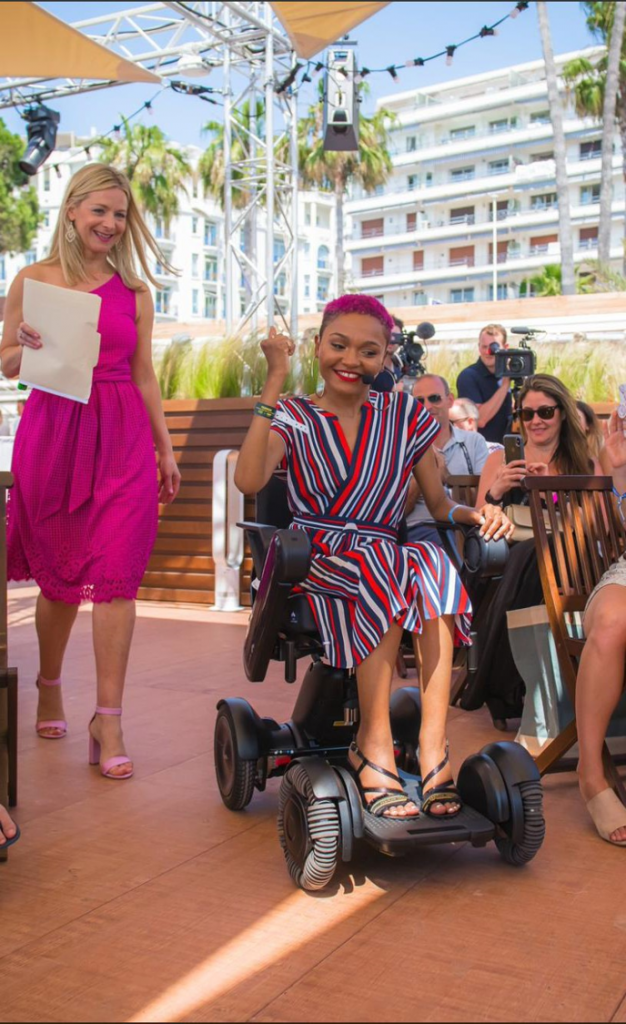
For some years, a strong percentage of the awarded campaigns at Cannes have been for charitable organisations or for brands proving purpose by doing good. This is of course to be admired; it is important that an industry that delivers immediate impact on people’s thoughts and behaviours works hard to make the world a better place. Most of this work focused on sustainability, diversity and equality issues.
In 2019, however, we saw an evolution with a large body of excellent work, entered across multiple categories, focusing on disability. Many of these campaigns are of interest because while they are designed to raise awareness, they are also utilitarian. The best of the campaigns harness technology to deliver accessibility – creating new objects that genuinely improve peoples’ access to the world.
What this Means for Brands: Accessibility is an important cause for brands to get behind, regardless of how it is done. Interestingly, however, many of the ideas in this category had focus on physical objects, created or made accessible thanks to new technology. There is clearly an opportunity for marketers to look at branded technology and content spaces in new ways. Perhaps it is time to move away from automatically prioritising screen-based solutions to harnessing technology to create physical objects?
Launched across 11 countries, Huawei’s StorySign helps deaf children learn to read by translating the words in children’s books into sign language delivered by a friendly signing avatar. The work, developed by FCB Inferno and Wavemaker, won seven Lions, including Golds in Mobile, Health & Wellness, Digital Craft and Brand Experience & Activation.
3) Go with the Flow
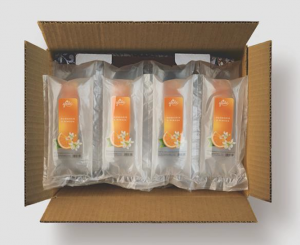
Some of the best ideas in Cannes this year were built on a simple but powerful understanding of human (or dog!) behaviour, followed by finding a way to insert a brand in a natural, helpful way. This is going-with-the-flow of human behaviour, not trying to subvert it.
What this Means for Brands: Sometimes disruption isn’t the best way. Find ways to hack into your audience’s everyday lives and go with the flow, rather than trying to create new behaviour. Look for the gaps in the purchase journey and the simple things which people do that might provide an opportunity.
S.C. Johnson’s room scent brand Glade faced a sales challenge as more household purchasing moved to online shopping. People don’t typically buy room scent online; after all you want to smell it first. A new partnership with Walmart created one of the best contextual ideas we saw in Cannes –the first brand to monetise air. Glade created Scent by Glade, filling the air pockets in Walmart’s online delivery packaging with scent samples. The result? When people unpacked their Walmart deliveries, they popped the plastic packaging and caught the sweet smell of Glade room scent. And Glade caught an 83% sales uplift on Walmart.com.
4) Culture Hacks

You can have a good idea without an insight, but you can’t have a great idea without an insight. Some of our Cannes 2019 favourites tapped into a real understanding of culture and sub-culture. Some brands used it to align with a particular culture, some to comment on a cultural norm and some just to have fun.
What this Means for Brands: Many brands have a multi-market presence, but all brands can steal advantage by being super locally relevant. What cultural norms exist in your markets, what sub-or micro-cultures could you engage with? Will you align, subvert or have some fun?
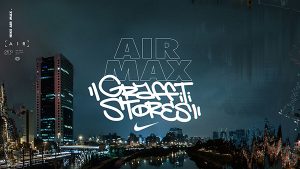
With Air Max Graffiti Store, Nike tapped into the subculture of graffiti street art for the launch of their new sneakers in Sao Paolo, Brazil by transforming city walls into e-comms stores. Graffiti artists updated their pictures so they featured the new Air Max designs, and then Nike dropped 10 limited pre-sale editions which could only be accessed by unlocking the purchase at the graffiti wall itself via geo-location technology.
In Poland, Wavemaker and VMLY&R brought three brands together to create The Last Ever Issue, a powerful statement about gender equality. For 27 years, Your Weekend, one of Poland’s longest running and most read adult magazines, reduced women to sex objects. When the magazine was put up for sale, Gazeta.pl, MasterCard and BNP Paribas bought it –and closed it down. The very last issue featured female role models and inspiring stories of female empowerment. The Last Ever Issue was awarded the prestigious Glass Lion for Change Grand Prix.
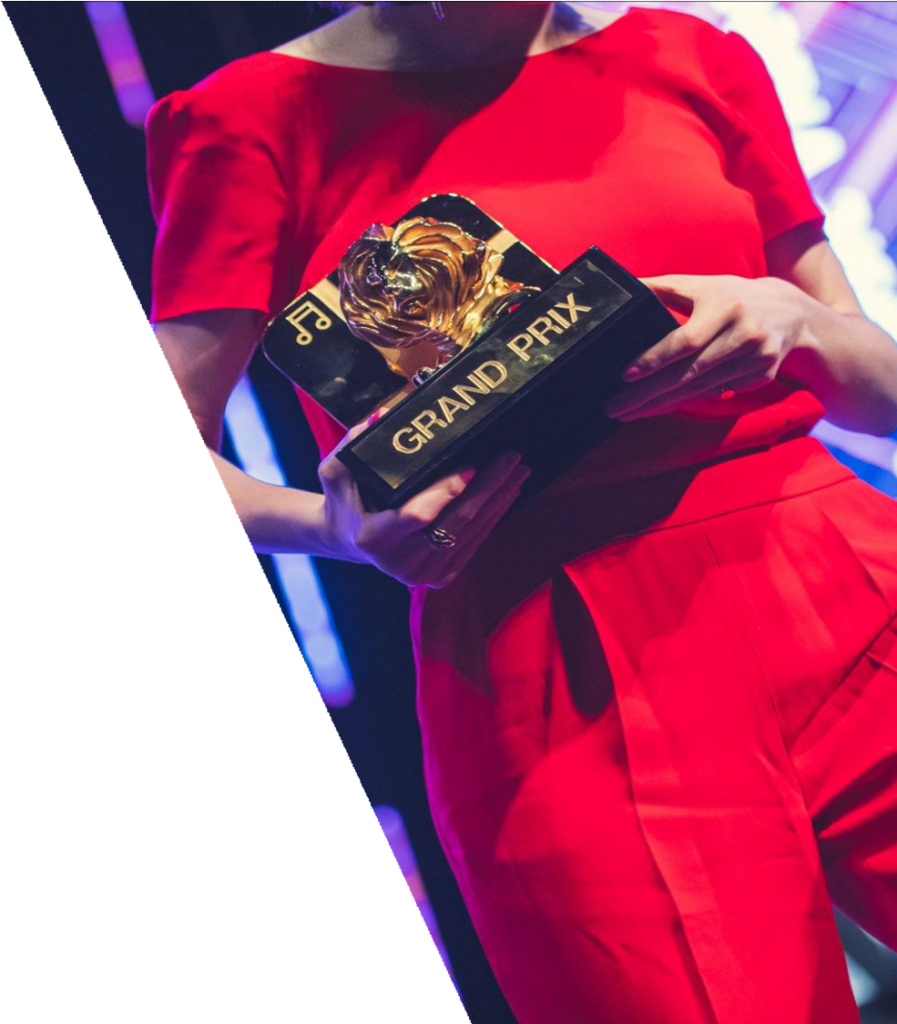
5) Listen Up
One of the big talking points at last year’s Cannes Festival was the fast-growing importance of audio, and everyone expected 2019 to hold a large body of work that would be pushing traditional creative approaches to the medium. This did not come to pass and the amount of genuinely innovative audio based work was notable for its absence.
What this Means for Brands: It feels as if we are still exploring the possibilities offered by audio, and there is a huge opportunity for brands to stand out by focusing on sound and exploring new and innovative ways to use the medium. There were nevertheless a small number of entries that demonstrated interesting thinking in the sound space. Some of course used Amazon, Google and Apple platforms, but we also saw genuinely creative thinking around audio contexts as well as using sound as an output from data-driven ideas.
In The War Siren Test, Amnesty International raised national awareness of the crisis in Yemen by streaming sounds from the war there across radio stations during the two minutes that the Swiss national air raid warning sirens are tested annually. A hugely powerful use of audio as context.
All these campaigns demonstrate a clear and effective role in the consumer purchase journey, but also that friction and creative magic that makes you go ‘wow’.
Article by Nick Vale, Global Head of Creative Strategy and Stuart Sullivan-Martin, Global Head of Strategy at Wavemaker.
Source: Wavemaker

You must be logged in to post a comment Login